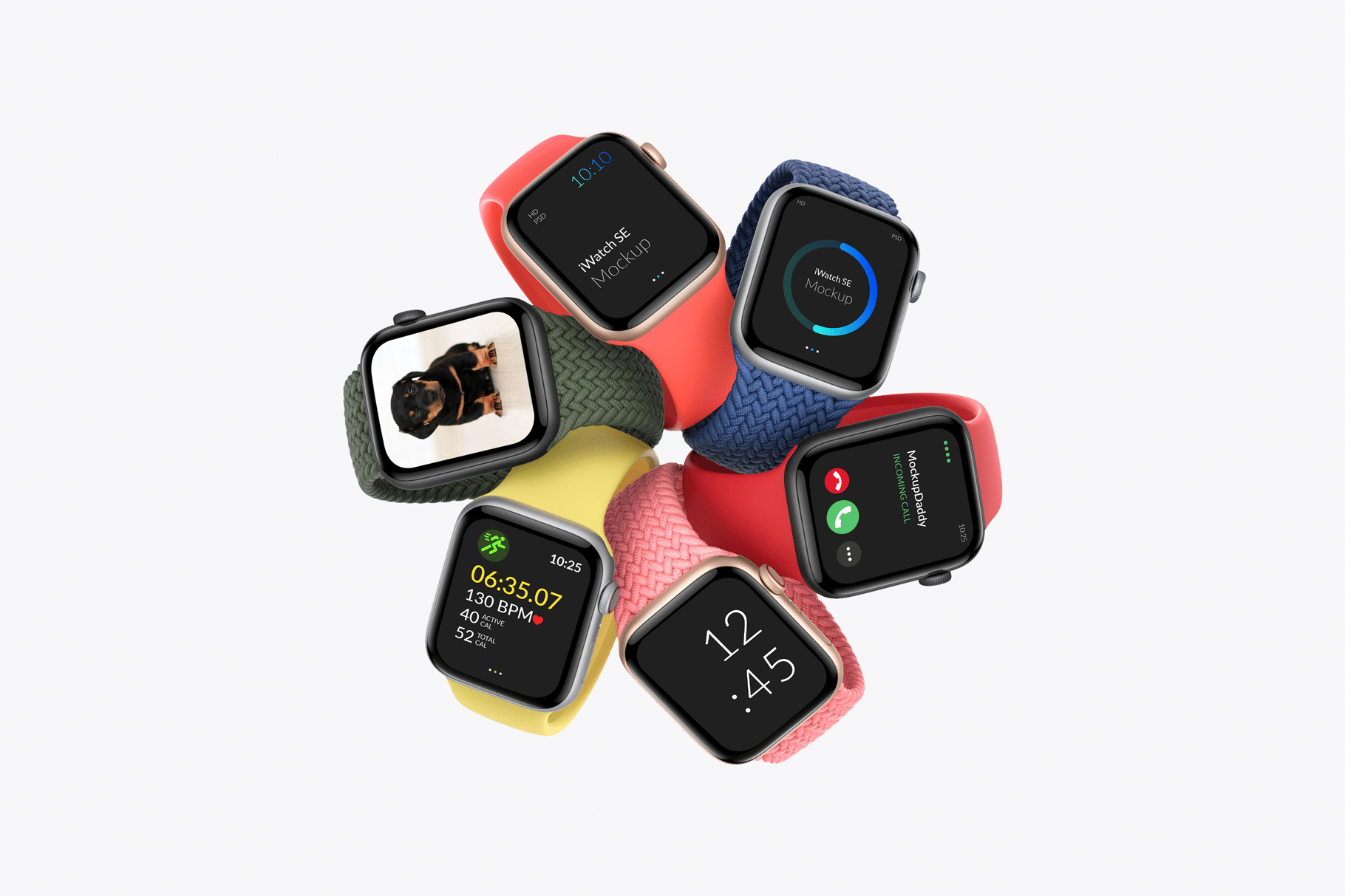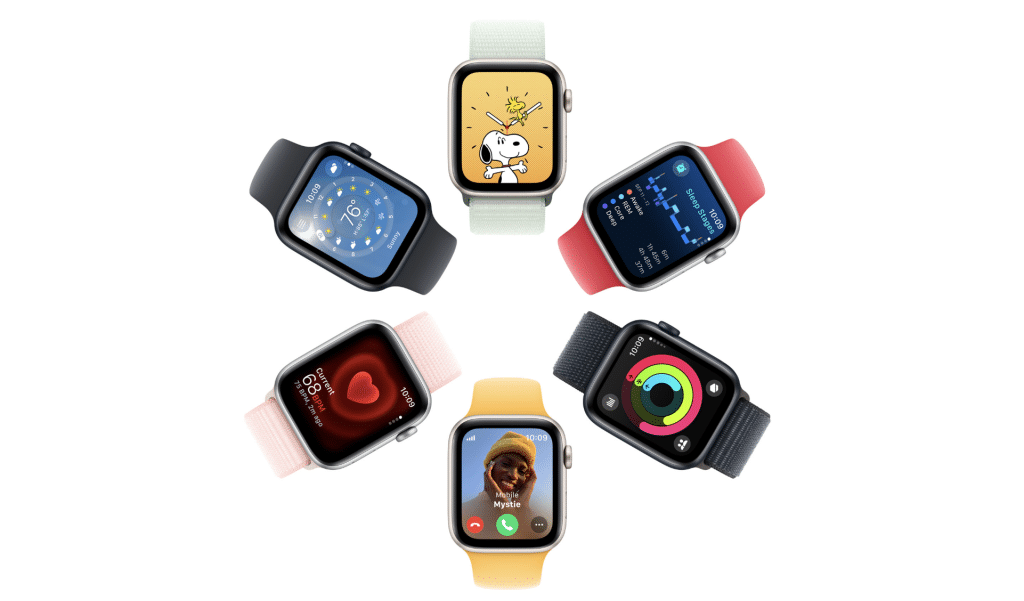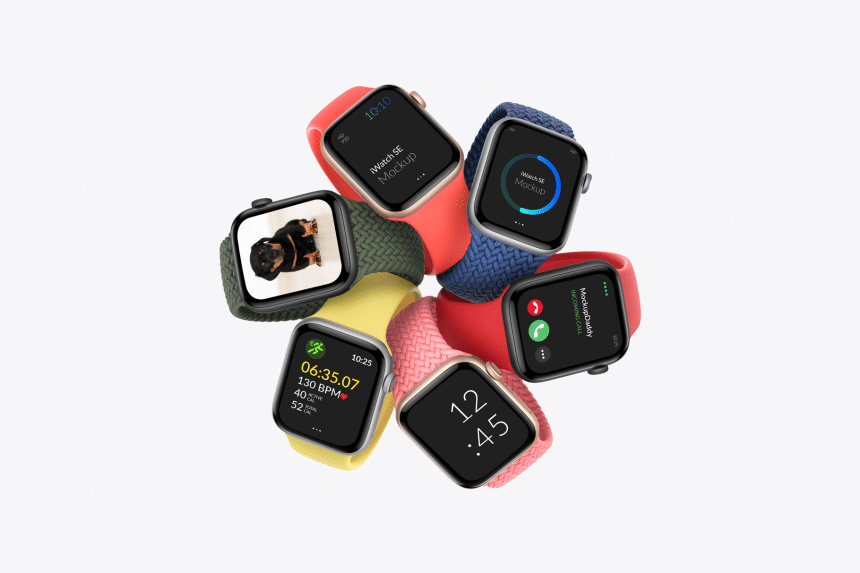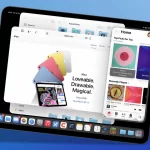Apple is reportedly working on a new iteration of the Apple Watch SE that features a plastic casing. This development, revealed by Bloomberg’s Mark Gurman, suggests Apple’s intention to offer a more budget-friendly option in its smartwatch lineup. The existing Apple Watch SE, priced at $249, could see a reduction in cost, potentially making it more competitive with rivals like Samsung’s Galaxy Watch FE, which retails at $199.
Historical Context: iPhone 5C’s Plastic Casing
This isn’t Apple’s first foray into plastic casings. In 2013, Apple launched the iPhone 5C, a colorful, polycarbonate-clad variant of the iPhone 5. While it provided a lower-cost alternative, the 5C received mixed reactions. Critics claimed the plastic casing felt less premium compared to the metal finishes of other iPhone models. Nonetheless, the 5C’s vibrant colors and durable build appealed to a younger demographic and those seeking a more affordable iPhone option.

Potential Advantages of a Plastic Apple Watch SE
- Cost Reduction: Using plastic instead of anodized aluminum could lower production costs, allowing Apple to pass savings onto consumers.
- Durability: Plastic casings can offer better resistance to scratches and drops, enhancing the device’s longevity.
- Weight: A plastic Apple Watch SE would likely be lighter, making it more comfortable for daily wear, especially during physical activities.
Strategic Implications
Introducing a plastic-cased Apple Watch SE could be a strategic move to expand Apple’s market share in the smartwatch segment. By offering a more affordable model, Apple can attract budget-conscious consumers and those new to smartwatches. This aligns with Apple’s broader strategy of diversifying its product lineup to cater to various market segments.
Market Comparison: Samsung’s Galaxy Watch FE
Samsung’s Galaxy Watch FE, priced at $199, represents a direct competitor to the Apple Watch SE. By reducing the price of the Apple Watch SE through the use of plastic casing, Apple can better compete with Samsung in the budget smartwatch market. This move could also pressure other manufacturers to reconsider their pricing strategies, potentially leading to more competitive pricing across the industry.
Consumer Reception and Expectations

While the iPhone 5C faced criticism for its plastic build, the smartwatch market might respond differently. The primary use case for smartwatches involves activities where durability and comfort are paramount. A plastic casing could be perceived positively if it translates to a lower price and improved durability. However, Apple will need to ensure that the build quality and overall user experience remain high to avoid the pitfalls encountered with the iPhone 5C.
Design and Aesthetic Considerations
Apple’s design ethos has always emphasized premium materials and craftsmanship. The introduction of a plastic Apple Watch SE raises questions about how Apple will maintain its design standards while using a less premium material. The company may opt for high-quality plastics or innovative design techniques to ensure the watch feels and looks premium despite its lower cost.
Future Prospects and Product Evolution
The introduction of a plastic Apple Watch SE could pave the way for further innovations in Apple’s wearable lineup. If successful, this model could lead to the development of other cost-effective Apple devices, expanding the company’s reach in emerging markets and among price-sensitive consumers.
Conclusion
Apple’s potential move to introduce a plastic-cased Apple Watch SE represents a strategic effort to offer a more affordable smartwatch option. Drawing from its experience with the iPhone 5C, Apple is likely to focus on balancing cost reduction with maintaining high standards of design and functionality.
This move could enhance Apple’s competitiveness in the smartwatch market, particularly against budget-friendly rivals like Samsung’s Galaxy Watch FE. As Apple navigates this new territory, consumer reception and market dynamics will ultimately determine the success of this innovative approach.












